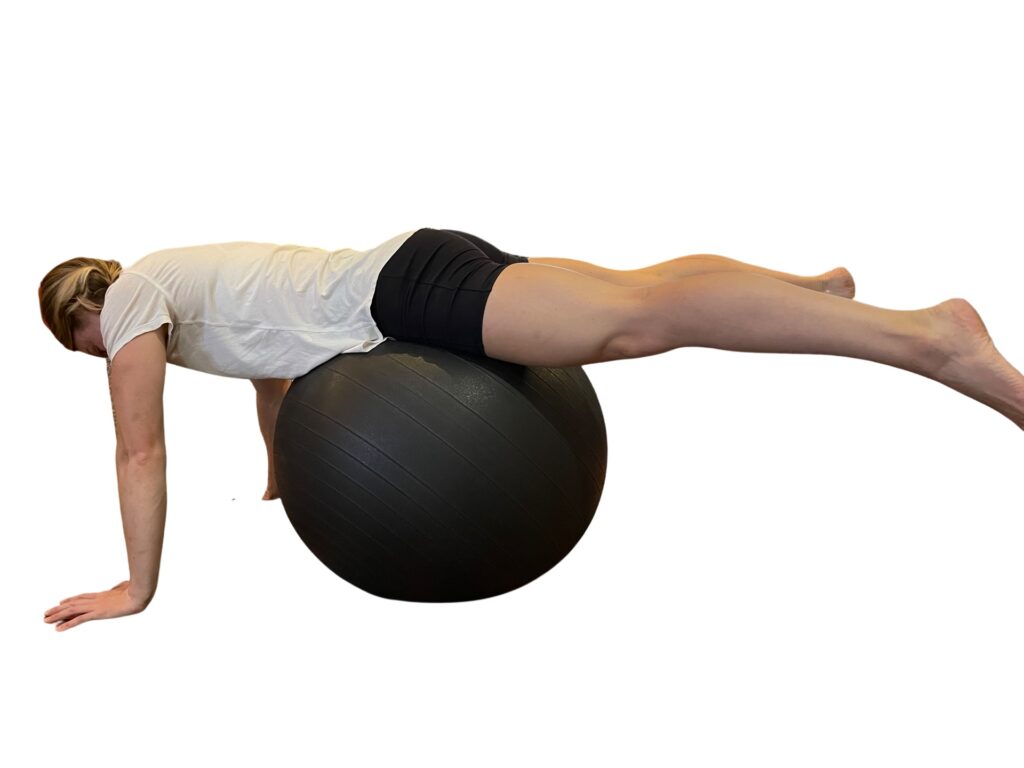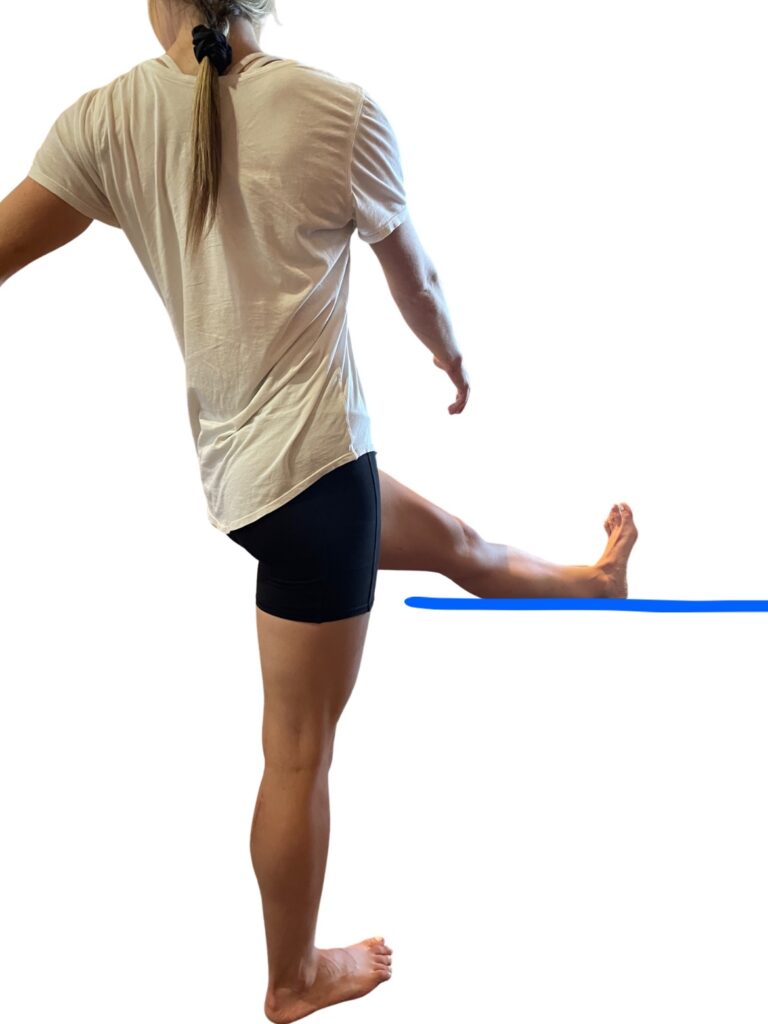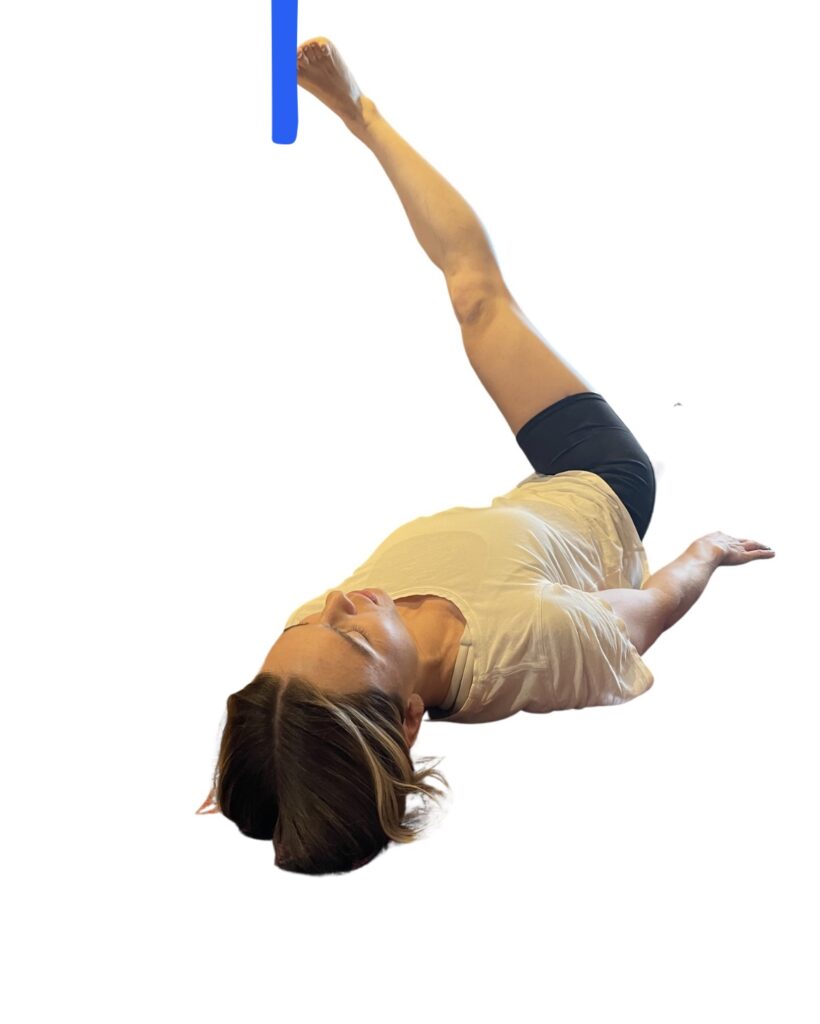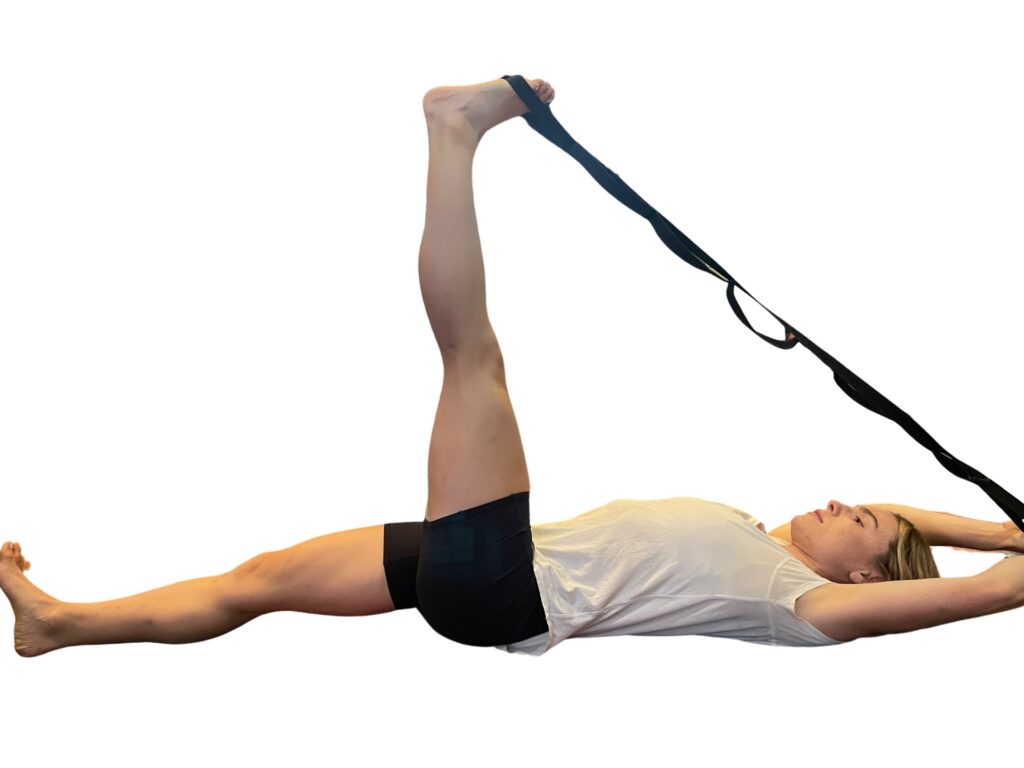
Does it feel awful when you bend over to touch your toes? Many of us also become acutely aware of tight hamstrings when they cramp, hurt or when we experience back pain. Tight hamstrings are all too common, as is forgetting to stretch. Even if you are devoted to daily hamstring stretching, you still feel as if you’ve made little progress. Quite often the culprit can be attributed to weak gluteals, or “gluteal amnesia.” Gluteal amnesia is when your glutes aren’t firing, and the hamstrings have to work overtime, causing further cramps or strains. Any weakness in the gluteus max can contribute to common dysfunctions such as lower back pain along with knee pain.
Use a two-part plan in stretching your hamstrings. First, strengthen your glutes, followed by stretching your hamstrings. The hamstring group (semimembranosus, semitendinosus, and the biceps femoris) starts at the butt bone and runs down the outside and inside of the leg and attach to the lower leg. These muscles have two important real life functions. First, they help side-to-side alignment of the knee, as these muscles are like a guyline from the base of your pelvis, down the back of the leg, and knee. When you touch your toes, the hamstrings stretch, but more specifically, the lengthening under tension controls the inward or outward rolling of the knee. The hamstrings also act as a big crane to slow down your trunk as you lean forward to touch your toes, thus sparing compression forces on your lower back.
Incorporating both glute strengthening exercises, and isolated hamstring stretching into your routine can help make the way down to touching your toes feel good, as well as combating pain and cramping issues. Here is a daily sequence to incorporate:







Published in The Idaho Mountain Express 9/9/2022
